Rembrandt (1606-1669) - 'The Three Trees' (1650)
It was only the other day that I've ever really paid any attention to a little Rembrandt etching we bought at a fine art auction a few years back. I guess it just got lost among some of the showier things about the place.

It's a recent pressing from the original plates held at the Rijksmuseum in Amsterdam. Ones made in the artist's lifetime are insanely valuable cos they may have been made by Rembrandt himself, though more likely by his assistants.
I could go on about the iconography of the work - the symbolism of the three trees representing the three crucified at Calvary, and so on.
But what struck me the other day was the more general sense of the place of man and his works in nature, just tucked away as part of the landscape rather than dominating things.
There is a tiny figure on the hill to the right, observing the trees. And a fisherman and his wife (?) at the water side on the other side of the etching. A man tilling his field in the middle foreground. A windmill towards the horizon. And a town far off at an even greater distant. Man and his creations really need to be winkled out.
What is absolutely dominant is the vigorous and varied drama of nature. The clouds and the theatrical sunlight in a sky which is itself the real subject of the image, along with the trees.
'The Three Trees' is now one of my fav-or-ite things (ack. Julie Andrews). Probably should reposition it - things can easily become 'invisible' if they're always in the same place!
Postscript: Some of the seemingly 'unnatural' cloud formations may be due to the fact that Rembrandt worked on the plate in 1639 - a 'Death of the Virgin' - but abandoned it only to undertake and complete this current work in 1650.

![C18 Bronze Buddha [Southern China]](https://blogger.googleusercontent.com/img/b/R29vZ2xl/AVvXsEioLkgVKuhDoIHQgM1X6Oe2hGn75yqaj4OJXPmNpumXmQPKxB22S57YS5DVrl1P7zl7BS6EFpAtaNZPze7gzVCRiQI54bwdHhVa4fGr7NOChZwTZoo92gUen6tC5U8gWIy_pv92U0FB38M/s1600/Buddha+%255BBronze%252C+C18%252C+China%255D+1.jpg)












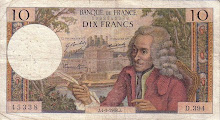
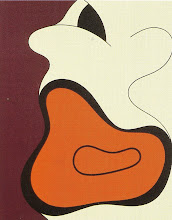+1998+Cropped.jpg)

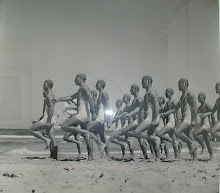
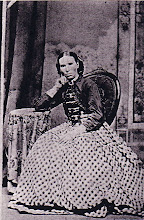



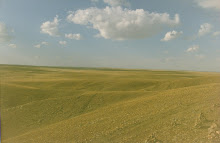





Dind't " THOU" leiked my comment.?pourtant I complitely agreed.
ReplyDeleteRembrandt in all his work made e very clear distance between all hes differnet little human figures - and the greatnesse form and strengh in nature. Most or less an dominant element in their society.
The german romantics later on, where in the same feeling. See C.D. Friedrich.
Be happy
Ulysse
hey Ulysse my friend - i always like your comments very much, very. sorry if there was a miscommunication. and yes you are so right about the greatness and strength with which he imbues nature. how is your week going? i hope not too crazy. i love david casper friedrich's work - i did a post about ross watson who quotes fredrick's work heavily in his painting. did you see this one - you can 'search' my blog and it will come up. take care. be in touch soon. be happy dear friend. nick
ReplyDelete